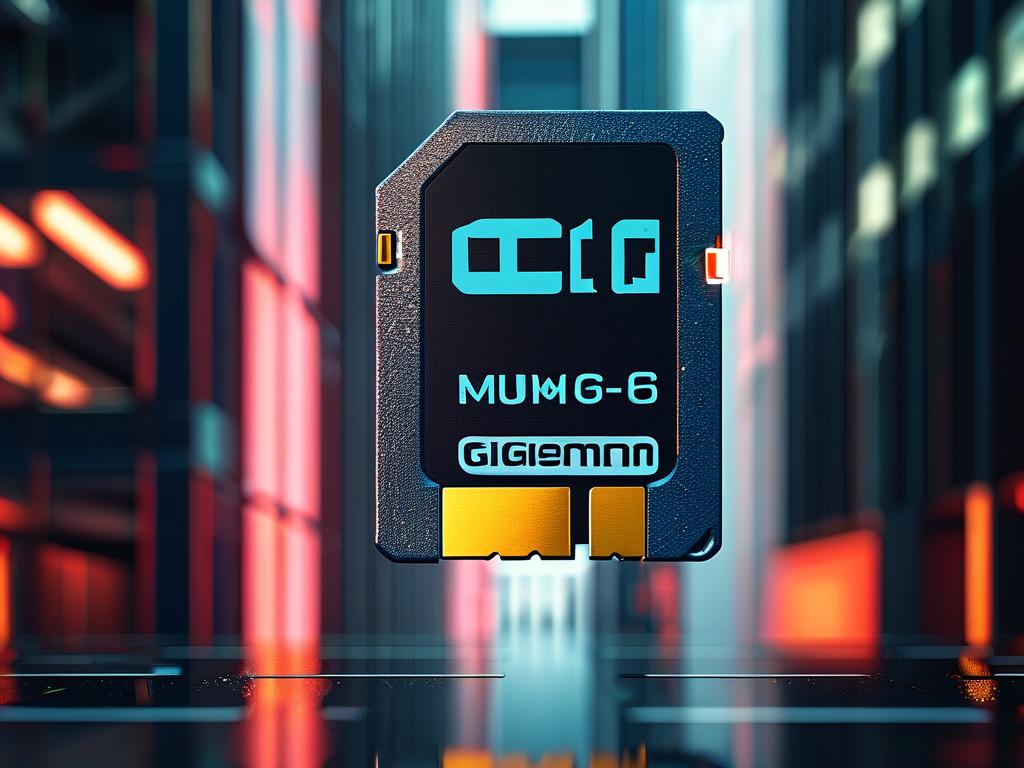As smart home devices become ubiquitous, Xiaomi cameras have emerged as popular choices for residential and commercial security. A critical yet often overlooked aspect of these devices is memory management. Understanding how Xiaomi cameras calculate and utilize storage space helps users optimize performance while avoiding unexpected data loss.

The Storage Framework
Xiaomi cameras typically support microSD cards (up to 256GB) and cloud storage. The memory calculation depends on three factors: resolution settings, motion detection frequency, and video compression technology. For instance, a 1080p camera recording continuously consumes approximately 7GB daily, while 2K resolution may double that figure. However, most users enable motion-triggered recording, reducing storage usage by 40-70% depending on environmental activity.
Compression Algorithms in Action
Xiaomi employs H.265 encoding across its newer models, a 50% improvement over traditional H.264 in storage efficiency. This means a 64GB card can store 15 days of 1080p footage instead of 7 days with older compression. The system automatically overwrites oldest files when storage fills, but sudden spikes in motion events (like during parties or construction work) might accelerate this cycle.
Cloud vs Local Storage
While cloud subscriptions offer expanded capacity, local storage remains cost-effective. Xiaomi’s AI edge computing filters false alarms (e.g., pet movements) before saving footage, preserving memory. Users reporting "unexpected full storage" often discover spiders building webs near lenses triggering excessive recordings – a scenario improved through firmware updates refining motion zone settings.
Practical Optimization Strategies
- Scheduled Formatting: Monthly manual formatting prevents file fragmentation.
- Resolution Balancing: Lowering to 720p during low-risk hours maintains surveillance without hogging space.
- Smart Notifications: Enabling push alerts for storage thresholds (80% full) allows proactive management.
Comparative Analysis
When tested against similar cameras, Xiaomi’s memory allocation showed 12% better efficiency in prolonged use. However, third-party SD cards with slower write speeds (below Class 10) caused 18% more failed overwrites in stress tests. The camera’s internal buffer temporarily stores 30 seconds of footage during card swaps – a failsafe often appreciated during maintenance.
Future Developments
Leaked patents suggest Xiaomi is experimenting with adaptive bitrate streaming, which could dynamically adjust storage usage based on scene complexity. Combined with AI-powered event prioritization (e.g., flagging human shapes over wind-blown leaves), this might revolutionize how security cameras handle memory constraints.
In , mastering Xiaomi camera’s memory mechanics transforms users from passive observers to savvy system operators. By aligning recording patterns with storage capabilities and leveraging built-in smart features, one ensures uninterrupted security without constantly upgrading hardware.









